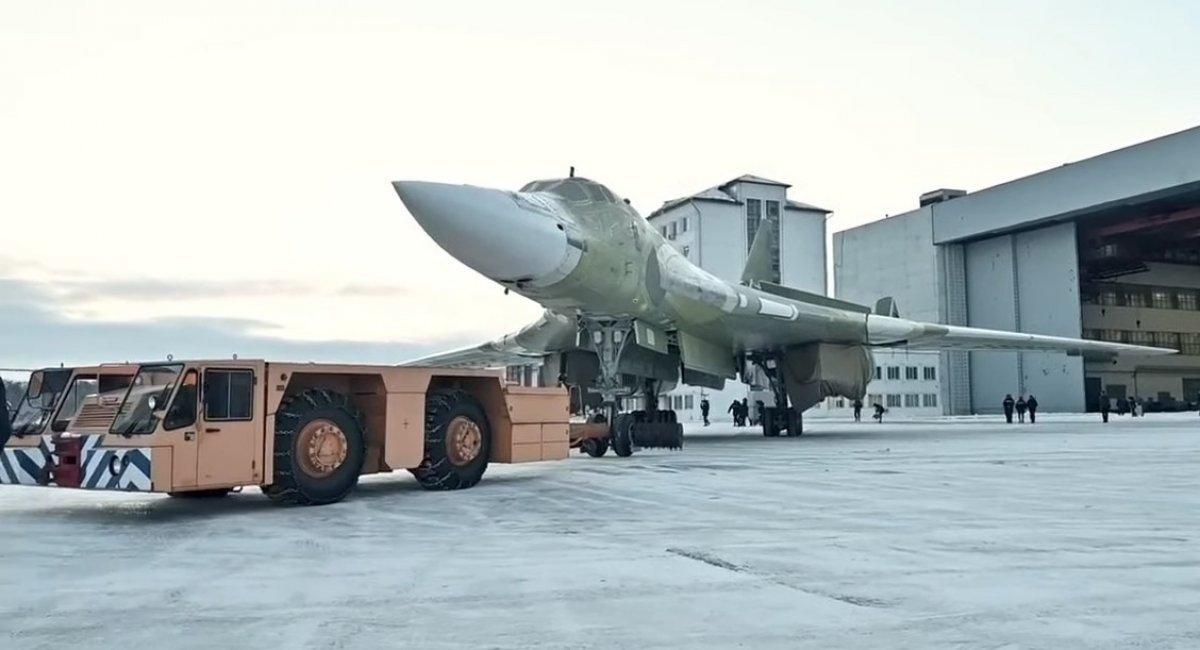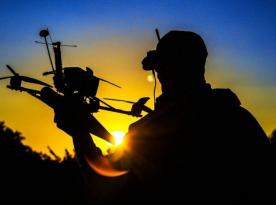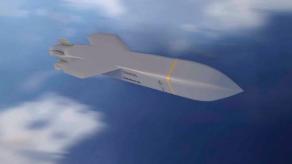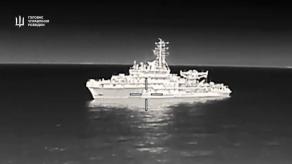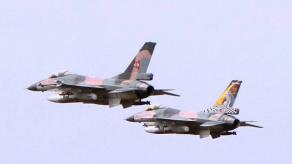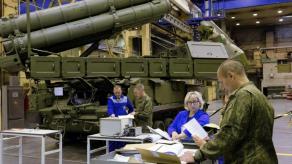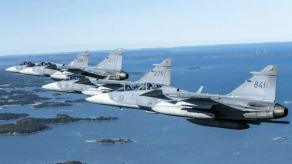After revising all the notices about recent russian missile attacks on Ukraine we can see that they barely use Tu-160 strategic bombers to send off air-launched cruise missiles. The only exception would be the missile volley overnight May 1, 2023, when the russians deployed two Tu-160 aircraft.
This fact is confusing since the Tu-160 can take more payload than the other strategic bomber they use for shelling Ukraine, the Tu-95. If we measure the capacity in Kh-101/Kh-555 missiles, often utilized in these attacks, the Tu-160 takes up to 12 while Tu-95 has space for 8 or 6 missiles of the types Kh-101 or Kh-555, respectively. Using Tu-160 would be more efficient in terms of resource distribution, even though we already know russians prefer sending their bombers half-empty. Why they deploy Tu-95 instead, we can find a hint in the relevant satellite picture of a russian aircraft producing plant, published by OSINT-analyst Airbus/Ben-Reuter.
Read more: Strategic Bombers, Sent To Shell Ukraine, Are Running Almost Empty, Carrying Only a Few Missiles Instead of Dozens
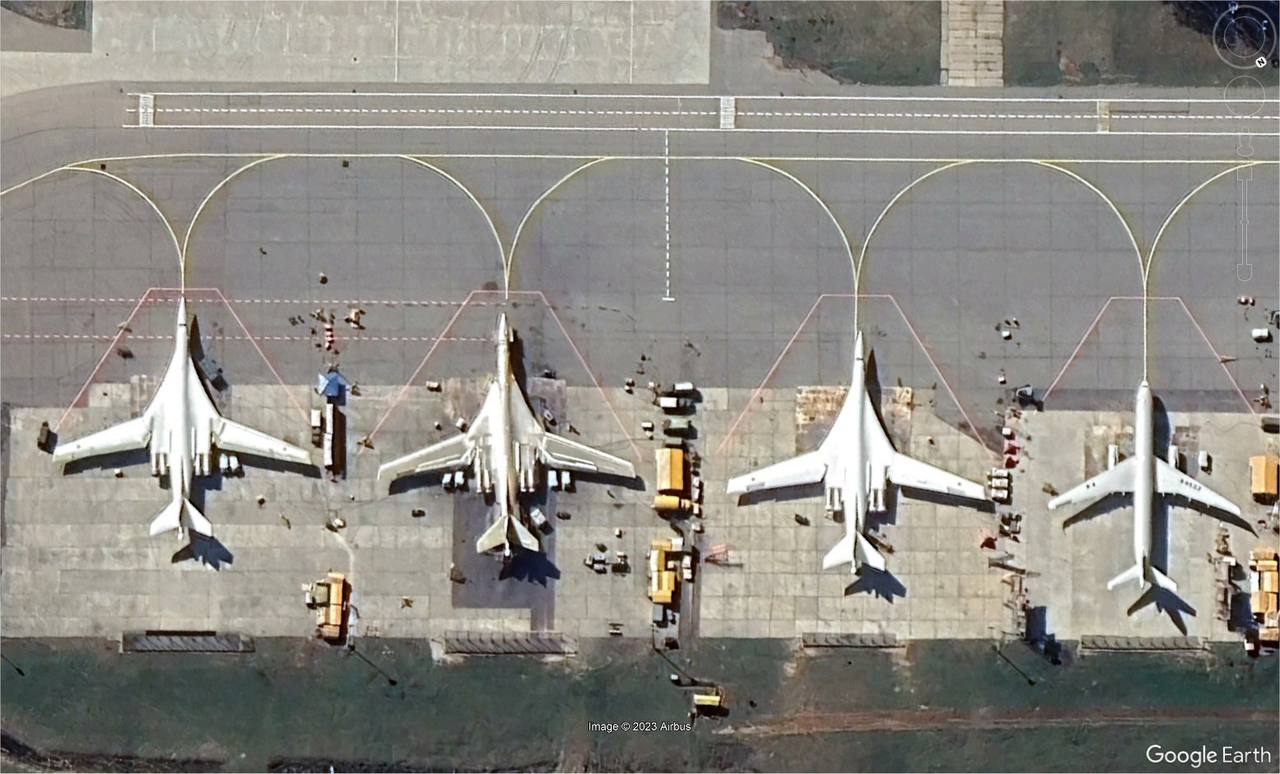
The photo shows an aircraft parking apron at the Kazan Aircraft Production Association (KAPO) located in Kazan, russia. There are three Tu-160 bombers at once, and it's quite a lot given that the russian army has 14 aircraft of this type in total + two Tu-160M undergoing tests.
One of these three aircraft has a peculiar yellowish coloring – apparently, this one is the Tu-160M2 that had performed its maiden flight in January 2022. The other two are of common white color but even here there are possibilities: those are either planes from active service both sent for modernization or one of them is the newly-made Tu-160 deliverable of the "reproduction" program aimed to revitalize the unfinished aircraft that had been collecting dust in warehouses since the times of USSR. If that is the case, this one was delivered just recently, on December 30, 2022.
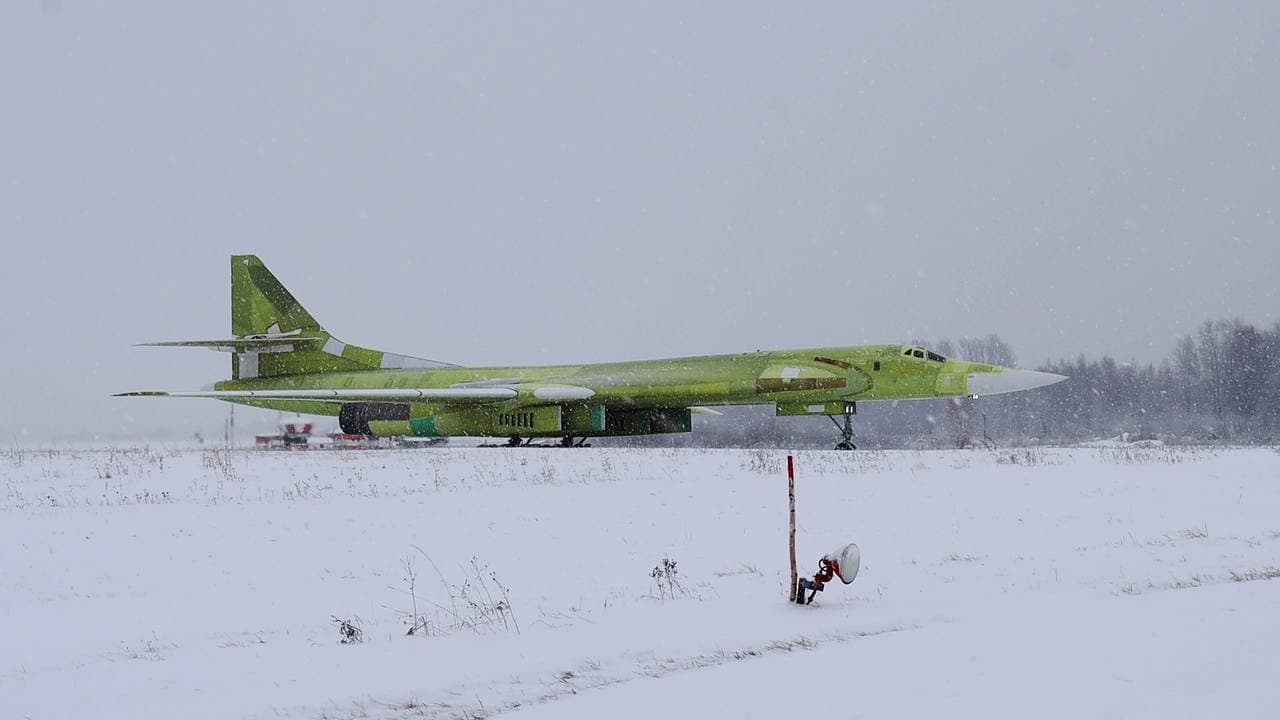
The fourth aircraft in the parking apron is probably the civilian Tu-214 which is made at the Kazan aviation plant, too, alongside Tu-160.In addition to that standard airliner version, it also comes in the Tu-214R variant for reconnaissance. And here we should remind you that the russian government planned to make the "reproduced" Tu-160 and the new Tu-214 with a combined production rate of 10 planes a year – despite having only 40% of the equipment on the plant modernized. That is, by the way, the reason why they cannot make new Tu-160s from scratch.
Therefore, here's the logic in deploying older Tu-95MS bombers for the most part: if there is an opportunity to reproduce new Tu-160s from Soviet airframes and components but they cannot put them in service quickly enough, then it's better to save the "engine hours" and use Tu-95MS aircraft for routine tasks. The latter have been in service for 35 to 40 years already, whereas an average lifespan of a Tu-160 is only 30 to 35 years.
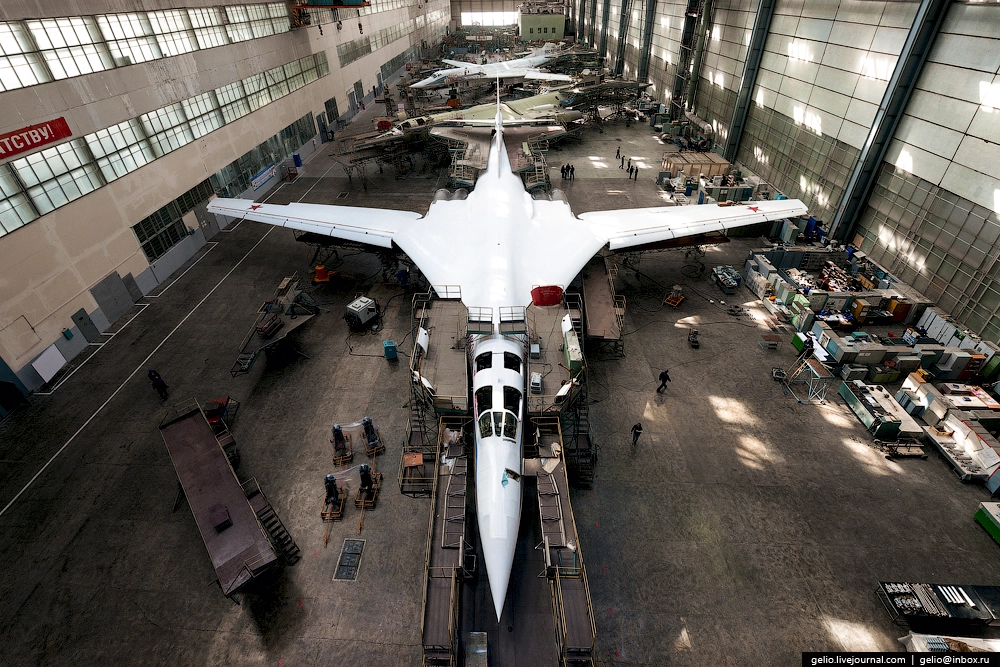
Read more: What Is Special About the Tu-95MS Strategic Bomber, And Why This Aircraft Is Chosen For Strikes On Ukraine




